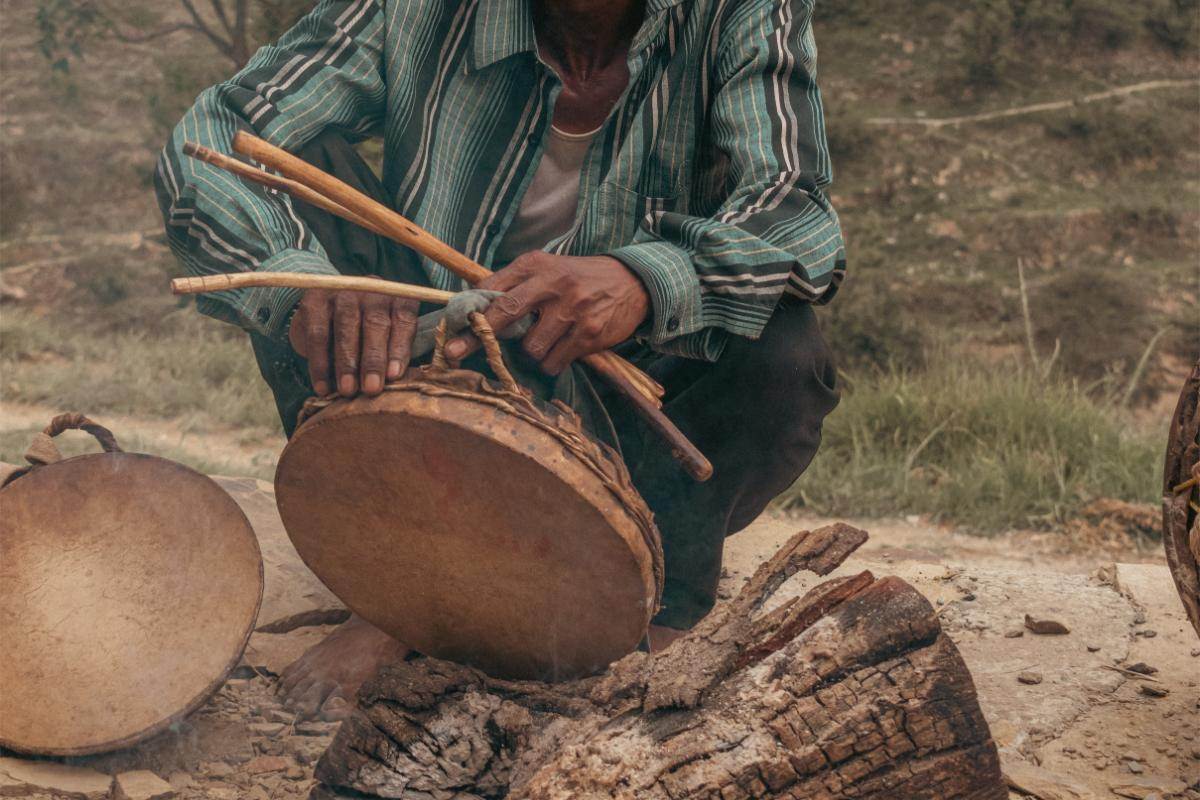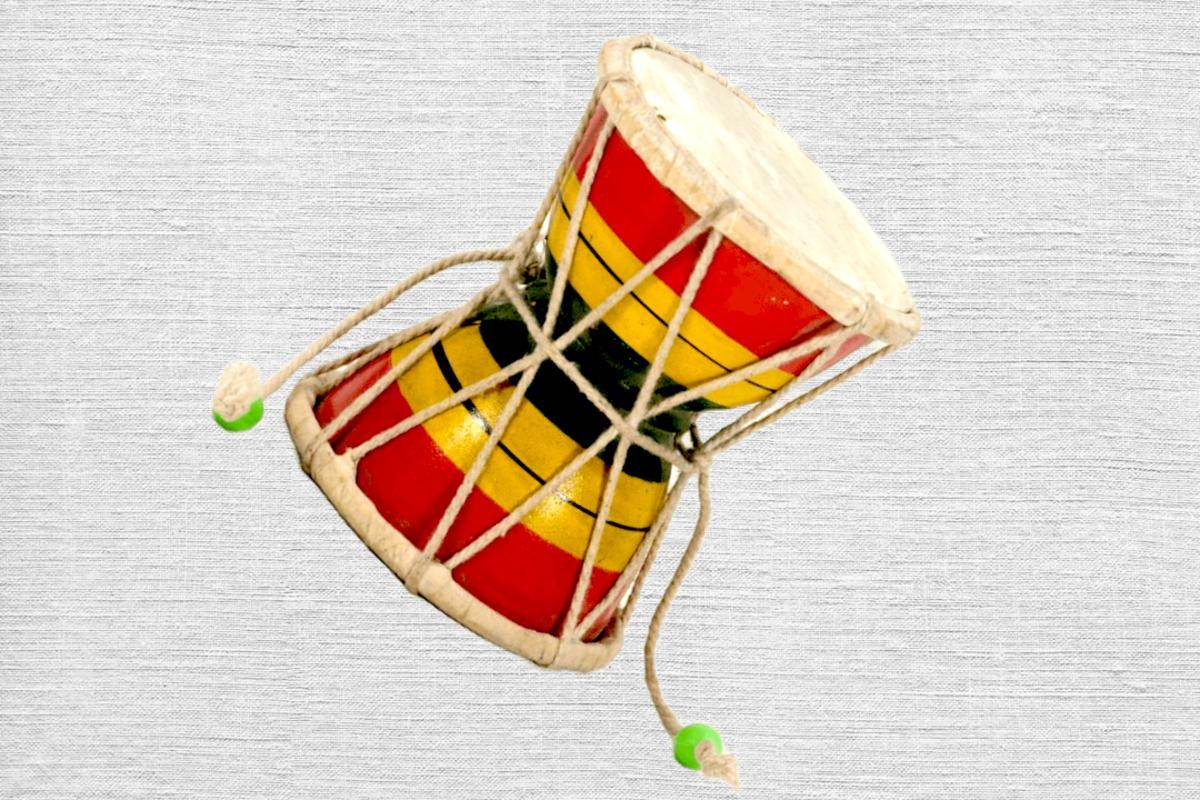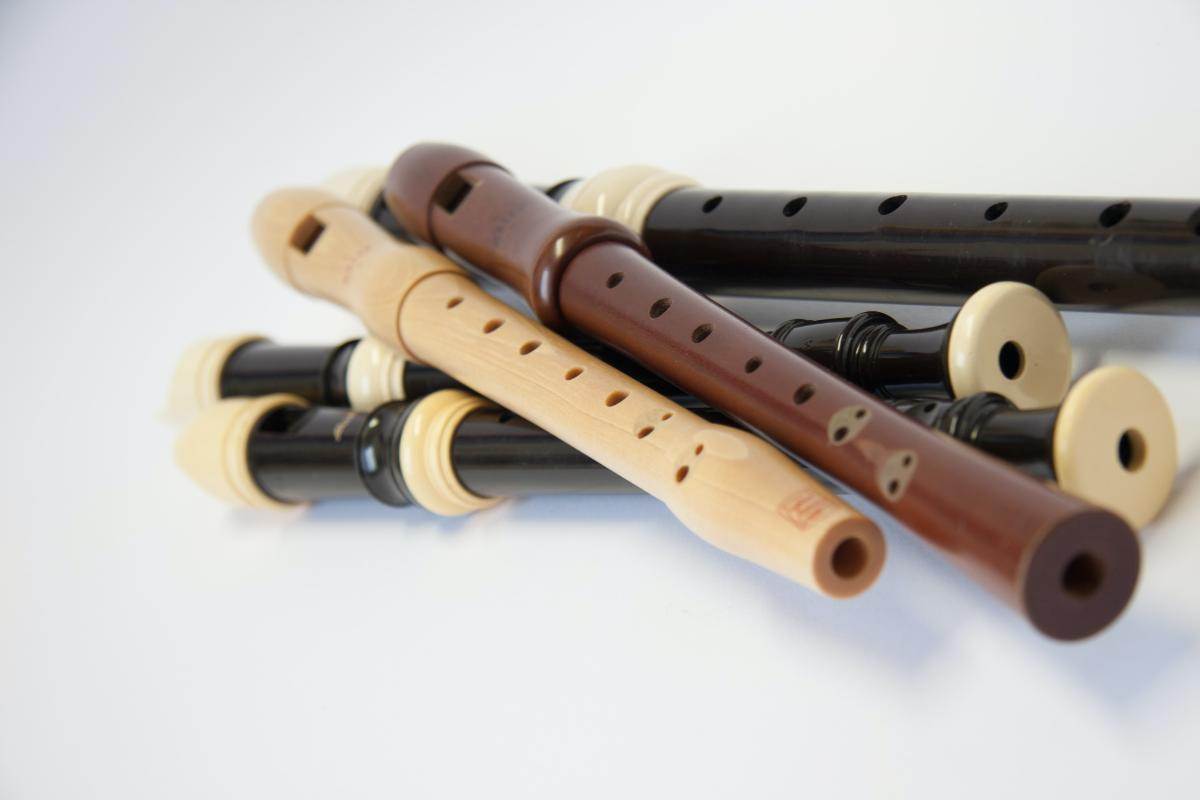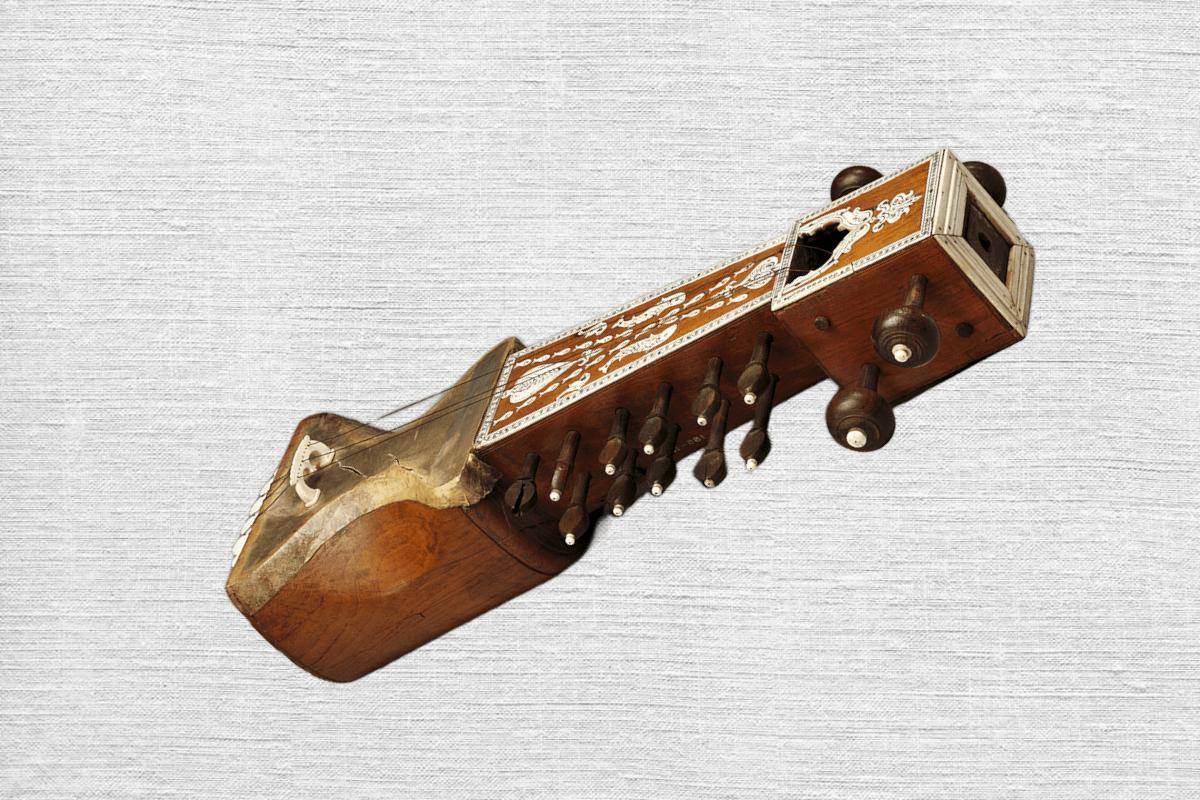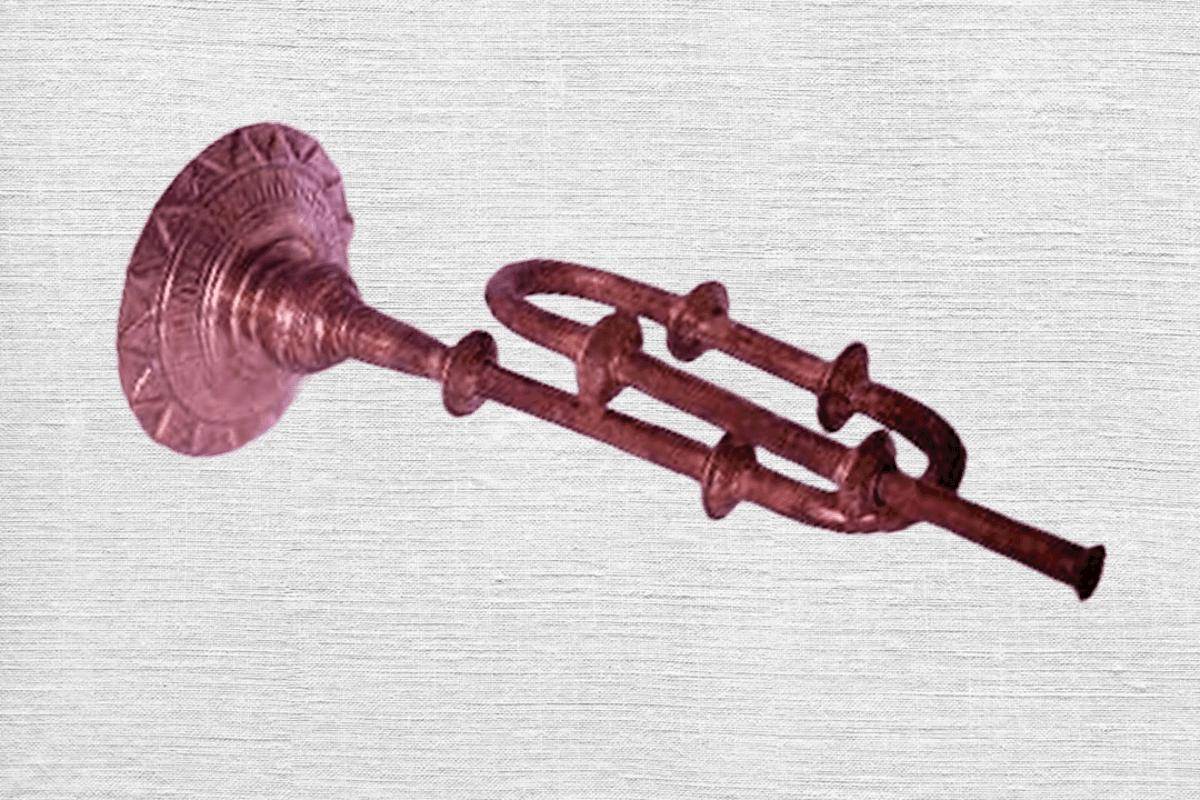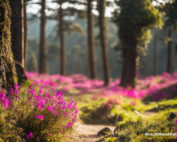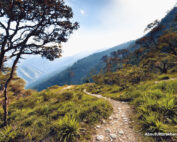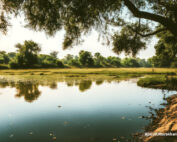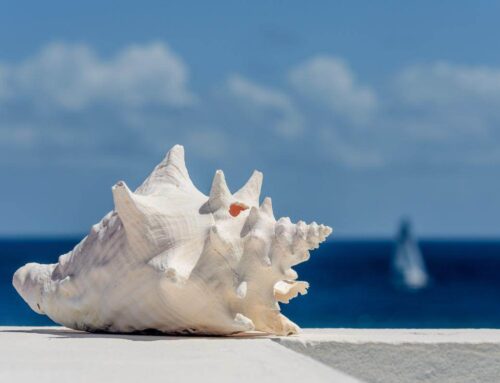Traditional instruments Of Uttarakhand
Situated in the shadow of the towering Himalayas, Uttarakhand is a state whose traditional music and scenery are as awe-inspiring as they are musical. In Uttarakhand, the cultural epicentre of northern India, a wide variety of musical instruments pay homage to the region's long history of music.
These instruments capture the essence of the region's cultural identity, from the rhythmic rhythms of traditional drums resonating in the highlands to the soul-stirring melodies of the flute echoing down the lowlands. This investigation dives into the complex realm of Uttarakhandi traditional instruments, illuminating the history, artistry, and meaning embedded in each piece of music.
Table Of Contents
- Traditional instruments Of Uttarakhand
- Details About Ramman
- Details About Traditional instruments Of Uttarakhand
- Physical Features Of Traditional instruments Of Uttarakhand
- When Traditional instruments Of Uttarakhand Are Played
- Posts Related To Traditional Instruments Of Uttarakhand
- 18 Playful Traditional Instruments Of Uttarakhand
- Bhankora Musical Instrument – Expressing Courage
- Binai Musical Instrument – The Hidden Treasure
- Chimta Musical Instrument – Soul Alive
- Dafli Musical Instrument – Adorable Look
- Damaun Musical Instrument – Radiant Charm
- Damru Musical Instrument – Heavenly By Nature
- Dhol Musical Instrument – Be Overjoyed
- Dholki Musical Instrument – Dominate The Crowd
- Harmonium Musical Instrument – Vibrance Elite
- Hudki Musical Instrument – Vibrant History
- Mashakbaja Musical Instrument – Rich Ancestry
- Muruli Musical Instrument – The Calm Sound Of Hills
- Ransingha Musical Instrument – Stories Of Valor
- Sarangi Musical Instrument – Authentic By Nature
- Shankh Musical Instrument – Devoted Sound
- Tabla Musical Instrument – Upbeat Your Song
- Thali Musical Instrument – Inspiring Soul
- Turturi Musical Instrument – Outstanding Piece
- To Conclude
Details About Ramman
Over the course of several days, Ramman unfolds as more than just a festival; it is a religious performance, a theatrical spectacular, and a cultural show. There is a strong feeling of communal participation, lively entertainment, and distinctive traditions throughout the celebration.
Everyone, from participants to onlookers, is immersed in the culture of Ramman through the celebration ‘s rites and customs:
Weeks before Ramman, the preparations start. Villagers clean and decorate the temples in preparation for the performances, with a special focus on the Devi temple. In the midst of the village ‘s festive preparations, the participants, called “Rammanis, ” get ready for their parts.
As a symbol of the beginning of Ramman, the event starts with the hamlet hoisting a flag. The ‘Bhadi ‘ flag features religiously significant symbols and colors.
The start of Ramman is marked by a magnificent procession. The participants, adorned in their traditional garb, carry the sacred Bhadi flag as they march through the village. Traditional musical instruments play rhythmic beats and passionate hymn chants accompany the procession.
The dramatic plays held in the courtyard of the Devi temple form the essence of Ramman. The scenes portrayed in these shows, called “Ramman, ” are taken from the Hindu epic Ramayana. The Rammanis perform as mythological beings and deities, complete with elaborate costumes and traditional music.
The ancient chants and songs that accompany the celebration tell the tales of the epic. Performing these songs, which are called “Ramman Geet, ” is a crucial aspect of the festival ‘s cultural expression.
Followers of the goddess pray to her for favors. As the Ramman performances come to a close, the Bhadi flag is immersed to mark the end of the festival.
As a cultural institution with deep regional and community importance, Ramman is more than just a theatrical performance. A number of cultural aspects are on display at the festival:
Ramman has its origins in religious devotion; the goddess is the object of the acts. The community shows their respect and asks for the divine ‘s blessings through the event.
Ramman shows are unlike anything else because of the way they combine mythology with theatrical storytelling. The event serves as a means of cultural preservation and mythological transmission through the reenactment of Ramayana epi
Details About Traditional instruments Of Uttarakhand
Each of the traditional instruments played in Uttarakhand has its own distinct sound that is woven into the rich tapestry of the state's culture. An elaborately decorated brass trumpet, the Ransingha is made from buffalo horns and rises tall. While telling stories of celebration and bravery, its eerie melodies reverberate across processions.
The pulsating rhythm of Uttarakhand is embodied by the huge double-headed drum known as the Shakti. The traditional rhythms of folk music and dance are provided by this instrument, which is crafted from wood and animal leather. Weddings and religious processions are filled with the jubilant energy of the Dhol Damau, a hybrid of two drums that captures the essence of festivity.
Part of the musical scenery consists of stringed instruments such as the Taanpura. Accompanying religious and classical music, its meticulous craftsmanship provides a tranquil setting for vocal performances. As a little two-headed drum, the Dholki brings the vivacious energy of Uttarakhand's musical history to folk melodies and casual get-togethers.
On one hand, you have the cymbal-like Chimta, and on the other, you have the varied sounds of the Hudka, a clay pot drum. A mystical component is introduced by the gentle clinking of the Chimta, which is played at religious rites. On the other hand, the Hudka bridges the gap between urban and rural Uttarakhand by bringing earthy tones to folk music performances. It is made from clay pots. The traditional music of Uttarakhand is a rich tapestry of sound that has been passed down through many generations, assisting to preserve the state's cultural identity.
Physical Features Of Traditional instruments Of Uttarakhand
The design of traditional instruments from Uttarakhand reflects both the artistic traditions of the area and the functional needs of its many users. The specific musical traditions and geographical subtleties of the Himalayan region inform the meticulous selection of craftsmanship, materials, and forms.
Membranophones, which include many instruments like the Dhol and Damoun, are defined by the use of stretched skin membranes from animals. Folk music in the area is known for its spontaneity and energy, and the Dhol, with its big cylindrical shape, can produce deep, resonant tones, while the Damoun, with its compact design, can play a variety of rhythmic rhythms.
The Ransingha is an example of an aerophone that combines aural function with an organic material, in this case buffalo horns. The regal and melodious tones of the Ransingha are influenced by its extended design, which reflects its martial past and the festive occasions it is used for.
The Binaee is a type of chordophone that uses vibrating metal pieces to produce a harmonic background score for religious and classical music. The minimalist design of the instrument frees up the musician to concentrate on creating rich, full-bodied tones that harmonise with vocal performances.
The physical qualities that the harmonium and tabla contribute to the ensemble's sound are truly unique. The harmonium is a reed organ that is compact and lightweight, having a set of bellows that allow it to be played in a variety of environments. In contrast, the tabla is a little, portable drum set that features two separate drums—the dayan, which produces high-pitched tones, and the bayan, which produces low-pitched tones—played by hand. When played in concert, these instruments enrich the traditional music of Uttarakhand with a wide range of melodies and rhythms.
The traditional instruments of Uttarakhand are visually striking examples of the state's rich cultural heritage; they are also functional artefacts that have been painstakingly crafted from a combination of natural materials and functional design. These instruments are known for their mesmerising sounds and their place in the Himalayan landscape.
When Traditional instruments Of Uttarakhand Are Played
Authentic Uttarakhandi music is heard in a wide variety of contexts, each of which is associated with a distinct era and event:
At festive occasions, instruments such as the Dhol Damau, Dholki, and Damoun take centre stage. They transform dull get-togethers into raucous fiestas with their infectious rhythms and spirit of fellowship. As their melodies reverberate over the landscape, they become a shared declaration of joy.Authentic Uttarakhandi music is heard in a wide variety of contexts, each of which is associated with a distinct era and event:
At festive occasions, instruments such as the Dhol Damau, Dholki, and Damoun take centre stage. They transform dull get-togethers into raucous fiestas with their infectious rhythms and spirit of fellowship. As their melodies reverberate over the landscape, they become a shared declaration of joy.
Flute, Shankh, Tabla, Chimta, Binaee, Dhol Damau, Harmonium, and Tabla are all vital instruments in devotional and religious music. Classical concerts and devotional recitals are perfect for the calming, reflective mood that the harmonium can evoke. A sacred accompaniment to prayers and ceremonies, the Chimta's subtle clinking brings a spiritual depth to the musical environment.
Cultural performances frequently feature the Ransingha, Mashakbaja, Turturi, and Hudka, which highlight the varied musical traditions of the area. The rustic rhythms of the Hudka bring the listener closer to the grassroots history of Uttarakhand, while the regal sounds of the Ransingha add to the majesty of cultural events and processions.
Folk songs and unscheduled musical get-togethers frequently feature the Dholki and other little percussion instruments. Their lively and adaptable rhythms are a staple of everyday music in Uttarakhand, bringing a lively and whimsical touch to casual gatherings.
Posts Related To Traditional Instruments Of Uttarakhand
Traditional instruments have a long-standing place in Uttarakhand. That is the reason Uttarakhand state it is renowned for its wealthy cultural background and traditional instruments. Music from these instruments can be heard during dances, songs, and other festivities. You can often see dhol, damau, thali instruments being used in religious ceremonies.
The Thali is the most popular traditional instrument of Uttarakhand. It is a cylindrical drum, just like a dholak, but with a higher sound. Other instruments often played are dhol, damama (damaun), chimta, binaee and more.
To Conclude
As the Himalayas reverberate in the background, the ancient instruments of Uttarakhand carry the soul of a people who have always lived in one with nature. Each instrument tells a different tale, bringing the people closer to their ancestry; the Damoun's thunderous beats, the Taanpura's dreamy tones. Not only are these instruments significant musical items, but they are also living traditions that connect the past and present, thanks to the important role they play in the region's cultural expression. This mountain paradise's traditional music takes us on a journey through time, revealing a symphony of perseverance, artistry, and cultural wealth that beckons us to listen to the tunes that have moulded this place.

Belle Fable, keeps your trend ahead!
Gaumukh Glacier
The stunning Gaumukh Glacier, in the Uttarkashi region of Uttarakhand, India, is situated close to Gangotri and framed by the towering Garhwal Himalayas. Glaciers like this one attract tourists, hikers, and nature lovers from all over the globe because of the deep religious significance they have for Hindus as the headwaters of the holy Ganges River. The ascent to Gaumukh is an adventure in body and spirit, providing an opportunity to commune with the holy and the natural world.
Nandhaur Wildlife Sanctuary
The Nandhaur Wildlife Sanctuary is a haven for wildlife and stunning scenery, set in the tranquil hills of Uttarakhand. This sanctuary, in the Nainital District close to Haldwani, is a paradise for people who appreciate nature and animals. Its varied habitats, which include grasslands, ponds, and thick forests, have earned it recognition across its 269 square kilometers of territory.
Sonanadi Wildlife Sanctuary
The Sonanadi Wildlife Sanctuary invites animal lovers and nature lovers to come and enjoy the quiet beauty of Uttarakhand's serene surroundings. Hidden in the Nainital District, not far from Nainital, lies a refuge that begs to be discovered. Its varied wildlife and flora make this area, which covers around 301.18 square kilometers, a popular destination for ecotourists and those interested in biodiversity.
Binsar Wildlife Sanctuary
The Binsar Wildlife Sanctuary is a haven for wildlife and a monument to Uttarakhand's rich biodiversity, is situated in the picturesque Kumaon Himalayas. Nature lovers and wildlife aficionados will find this refuge, situated near Almora in the Almora District, to be a paradise. Covering about 47.04 square kilometers, it is famous for its verdant forests, varied fauna, and breathtaking views of the Himalayan mountains in the distance.
Tawaghat Wildlife Sanctuary
The Tawaghat Wildlife Sanctuary is a haven for adventurers and ecotourists, tucked away in the foothills of the towering Himalayas. This hidden gem of a sanctuary is located near Dharchula in Uttarakhand's Pithoragarh District. Despite its relatively tiny size (around 70 square km), this animal sanctuary is just as magical as any other.
Chilla Wildlife Sanctuary
.The Chilla Wildlife Sanctuary, located on the banks of the pure Ganges River, is a living monument to the beauty and variety of Uttarakhand's natural landscape. This sanctuary is a paradise for anyone who love nature and wildlife; it is located in the Pauri Garhwal District, close to Rishikesh. Covering over 249 square kilometers, it is a major wildlife sanctuary in the state that provides a peaceful haven amidst the majestic Himalayas.







